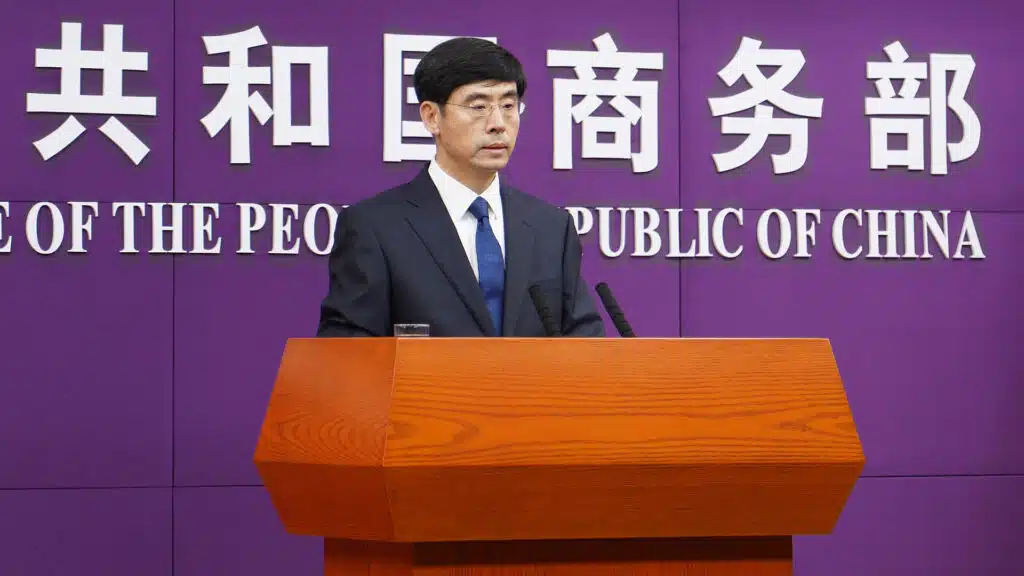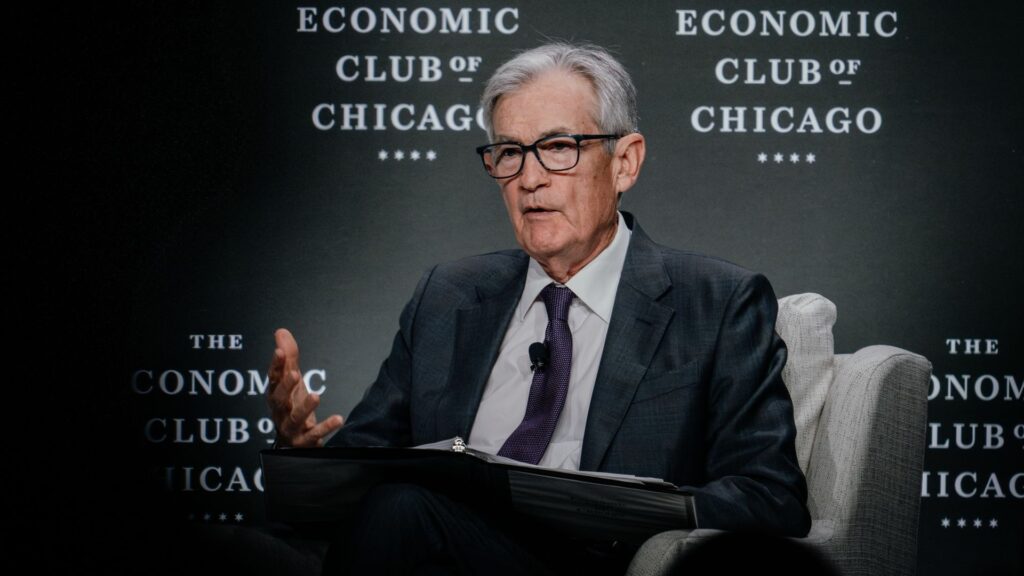China has officially denied any ongoing trade negotiations with the United States, countering recent claims from the Trump administration suggesting easing tensions. The stark denial from Beijing underscores widening rifts between the world’s two largest economies as both dig into entrenched positions amid a fresh wave of tariffs and economic posturing.
Highlights
- China: “No negotiations” on trade or tariffs currently underway with the U.S.
- Beijing demands full cancellation of “unilateral” U.S. tariffs as a precondition to talks.
- U.S. President Trump claims discussions are active, despite China’s denials.
- Economic tensions intensify following the White House’s imposition of 145% tariffs on Chinese goods.
- Analysts warn of mounting risks to both economies, with China signaling a more hawkish stance.
A Tale of Two Narratives
Speaking at a Thursday press briefing in Beijing, Ministry of Commerce spokesperson He Yadong bluntly stated:
“At present there are absolutely no negotiations on the economy and trade between China and the U.S.”
He dismissed all claims of progress or ongoing discussions as false and reiterated that “all unilateral measures on China” must be revoked for any talks to begin.
These remarks directly contradict recent comments by U.S. President Donald Trump and Treasury Secretary Scott Bessent, who suggested that talks were “active” and hinted at a breakthrough.
Trump doubled down on this stance during a public appearance, insisting, “Everything is active. Everybody wants to be a part of what we’re doing.”
Tariffs Escalate, So Do Economic Risks
Earlier in April, the Trump administration slapped an unprecedented 245% tariff on a broad spectrum of Chinese imports. Beijing responded in kind, imposing counter-duties and tightening restrictions on exports of critical minerals essential to U.S. tech and defense sectors.
These escalating moves have triggered volatility in global markets and forced Wall Street banks to slash China’s GDP growth forecasts. Industry analysts warn of sustained damage if the standoff continues without resolution.
“China definitely wants to see the trade war deescalate, as it hurts both economies,” noted Yue Su, Principal Economist for China at the Economist Intelligence Unit.
“However, due to the inconsistency of Trump’s policies and the lack of clarity around what he actually wants, China’s strategy has shifted.”
A Call for Respect and Reciprocity
Chinese officials have emphasized that future dialogue with the U.S. must be predicated on mutual respect, equality, and benefit. Foreign Ministry spokesperson Guo Jiakun reinforced this position, stating plainly, “We will fight, if fight we must. Our doors are open if the U.S. wants to talk — but it must be based on equality.”
China has also signaled a willingness to pivot away from U.S. markets, focusing instead on domestic consumption and strengthening ties with Southeast Asia, now its largest regional trading partner. The Ministry of Commerce stated it would ramp up support to help Chinese companies redirect exports for domestic sale.
Strategic Standoff, Political Overtones
From Washington’s side, Trump continues to frame the tariff conflict as a patriotic economic correction. “We’re no longer going to be the country that’s ripped off by every other country in the world,” he declared.
The administration views tariffs as both a negotiating tool and a corrective measure against years of perceived economic exploitation.
Economists remain divided on the approach. While some see room for a strategic reset in U.S.-China relations, others argue the current tactics risk entrenching economic nationalism on both sides and hampering global recovery.
“If the Trump administration walks tariffs back too far, it may raise uncomfortable questions,” observed Jianwei Xu, Senior Economist at Natixis. “What was the point of the confrontation if we end up right back where we started?”
The Road Ahead: Uncertainty with Global Implications
As of now, the U.S. remains China’s largest single-country trading partner, but bilateral friction has increasingly strained that relationship. China’s pivot toward self-reliance and regional integration may mark the beginning of a more prolonged strategic divergence.
Without a concrete diplomatic channel or mutual economic framework, the risk of policy miscalculations remains high. Both sides have left the door open for future dialogue, but only if their terms — vastly divergent as they are — are met.
In this high-stakes geopolitical tug-of-war, global businesses and investors remain caught in the middle.







